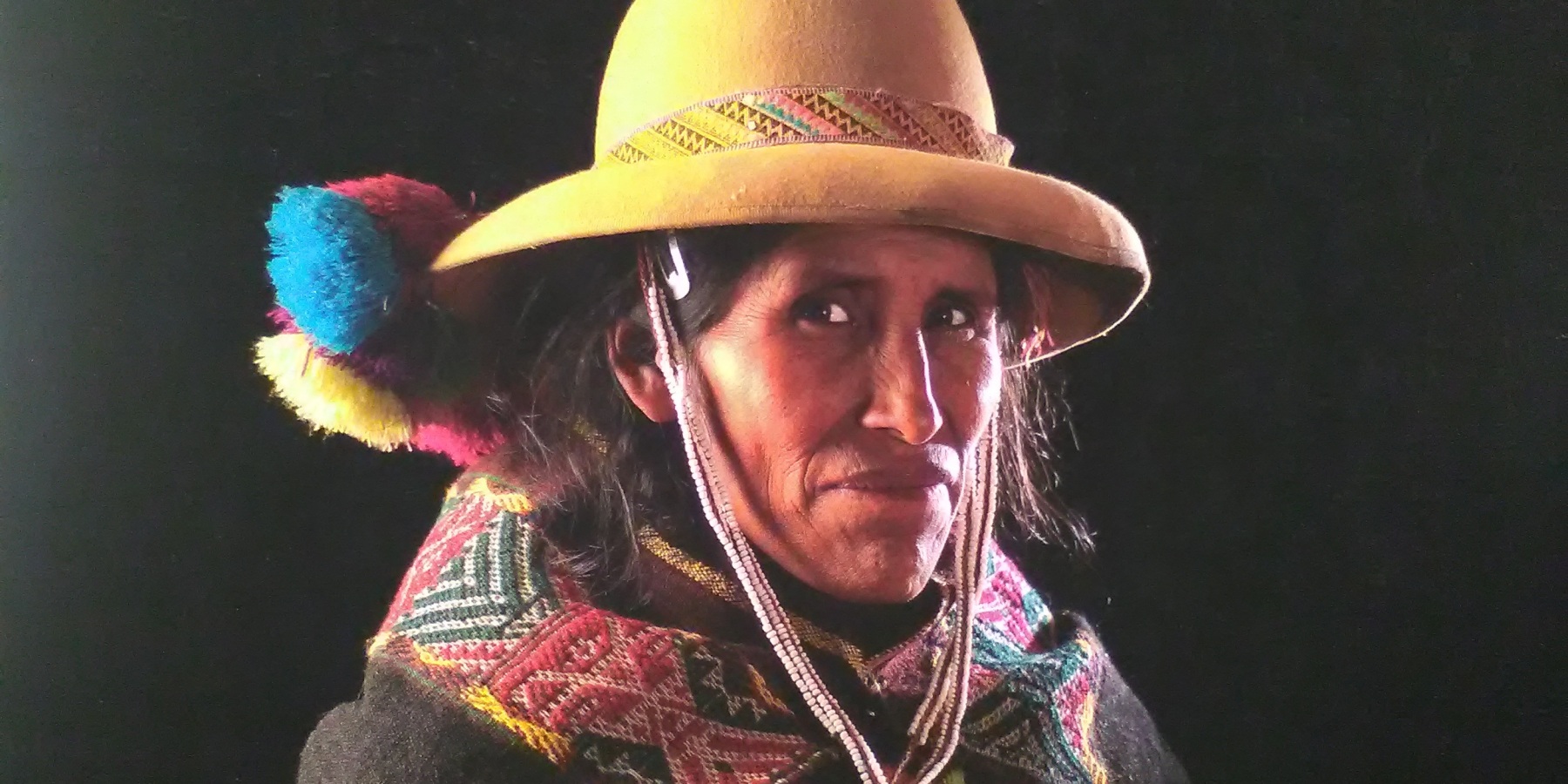
The Power Animals
Serpent – Amaru:
In the South, the serpent symbolizes knowledge, fertility, sexuality, and healing power of nature. The snake represents the underworld, the earth and seismic movements. Rather than representing hell or being a sign of eternal punishment and temptations, the snake represented the beginning of new life. In Inca mythology, the snake is also believed to represent wisdom and knowledge. According to the beliefs of the ancient Andean people, the world is divided into three regions: the Hanan Pacha, which is the world of above, a place inhabited by the gods and by birds; the Kay Pacha, which is the present world, also known as the realm where humankind lives; and the Ukhu Pacha, the world below, the underground realm of the dead. It is precisely in this region where the Amaru (serpent) lives.
The Amaru evokes the fundamental characteristics of the dragons depicted in the oldest civilizations: a monstrous serpent of great size that is linked with fertility. Eventually, though, the Amaru came to incorporate some of the features of the later medieval European dragons as the Spanish culture settled in the South American continent.
Jaguar – Uturunku:
The animal of the West. It renews and transforms the life of the rain forest. Stands for sudden transformation, life and death. That which endured was always changing and renewing itself. Jaguar is a spiritual cleanup crew, transforming thick, heavy energies into light. As the protector of all life. Also, known as the Andean Lion or Puma concolor (scientific name), it is the second-largest feline in America and the fourth in the world, after the lion and tiger. It is characterized by being agile, elusive, silent and strong, usually avoiding confrontations with other animals and/or people. The males can weigh up to 220 pounds, wild females can weigh up to 140 pounds.
The Andean Puma is one of the field mammals that can adapt to almost any ecosystem, especially in areas of dense vegetation, as this allows it to go and unnoticed by any potential prey. It can be found in mountainous deserts, forest, wetlands, plains, and even on snow-capped mountains and altitude of almost 16400 feet, where paw prints have been found. The Andean Puma can jump distances of up 20 feet and up to 33 feet high, owing to its large hind legs.
Hummingbird – Siwar Q’ente:
In the North direction, it represents the courage required to embark on great journeys despite tremendous odds. These diminutive birds fill their intense lives styles with netter and insects since, given amongst birds, they have exceptionally high metabolic rates. The giant Hummingbird (patagona gigas) is the only member of the genius patagona and the largest member of the Hummingbird family, weighing 18-24 g (0.63 – 0.85 oz) a having a wing’s pan of approximately 21.5 cm (8.5 in) and length of 23 cm (9.1 in). Patagona gigas hovers of 15 wings beat per second, very slow for Hummingbird. Patagona gigas feeds manly nectars, visiting of range of flowers; a nectar based diet is low in proteins and various minerals and these is countered by consuming insect on location.
Condor – Kuntur:
Represents the East direction, who bring vision, clarity, and foresight. Condor perceives the entire panorama of life without becoming bogged down in its details. The eyes of Condor see into the past and the future, helping to know where we come from, and who we are becoming. Condor gives us wings to soar about trivial day-to-day struggles into the high peaks close to Heaven. Condor and the eagle represent the self-transcending principle in nature. The Andean Condor is the largest flying bird in the world by combined measurement of weight and wing’s pan of 3.3 ms (10 ft and 10 inches). It is a large black vulture with a ruff of withe features surrounding the base of the nick and, especially in the male, large with patches on the wings. The Condor is primality scavenger, feeding on carrion as it prefers large carcasses, such as those of cattle. It may live to 50 years or more, and it mates from life.
The Andean Condor prefers to roost and breed at elevations of 3000 to 5000 m (9800 to 16400 ft). The egg hatches after 54 to 58 days of incubation by both parents. The Andean Condor is considerer a symbol of power and health by many Andean cultures, at it was believed that the bones and organs of the Andean Condor possessed medicinal powers.

